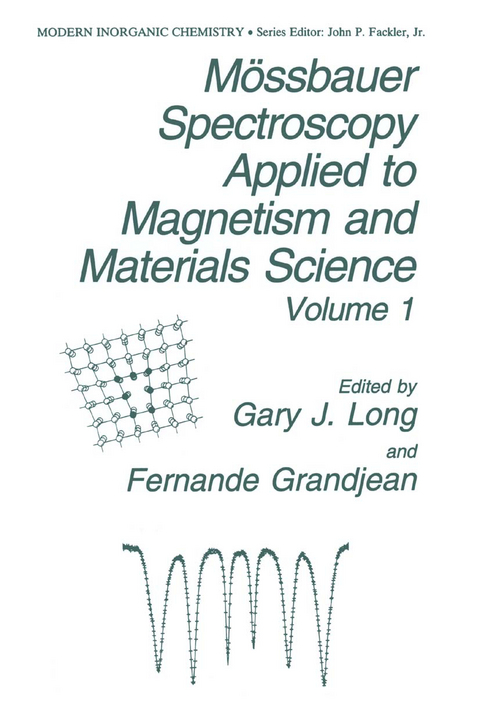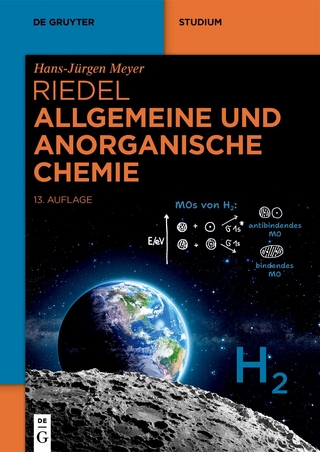
Mössbauer Spectroscopy Applied to Magnetism and Materials Science
Seiten
1993
Kluwer Academic/Plenum Publishers (Verlag)
978-0-306-44447-0 (ISBN)
Kluwer Academic/Plenum Publishers (Verlag)
978-0-306-44447-0 (ISBN)
During the past 30 years materials science has developed into a full-fledged field for basic and applied scientific enquiry. Indeed, materials scientists have devoted their efforts to creating new materials with improved electronic, magnetic, thermal, mechanical, and optical properties. Often unnoticed, these new materials are rapidly invading our homes and automobiles, and may be found in our utensils, electronic equipment, textiles, home appliances, and electric motors. Even though they may go unnoticed, these new materials have either improved the efficiency and lifetime of these items or have reduced their weight or cost. In particular, magnetically ordered materials are useful in various applications, such as motors, magnetic imaging, magnetic recording, and magnetic levitation. Hence, much effort has been devoted to the development of better hard magnetic materials, magnetic thin films, and molecular magnets. During the same period of time, Mossbauer-effect spectroscopy has grown from a laboratory curiosity to a mature spectroscopic technique, a technique that probes solid-state materials at specific atomic sites and yields microscopic information on the magnetic and electronic properties of these materials. Iron-57 is the most commonly and easily used Mossbauer-effect isotope and, of course, is particularly relevant for the study of magnetic materials. Various applications of Mossbauer spectroscopy to magnetic materials are discussed in the first six chapters of this volume. Other isotopes such as zinc-67 and gadolinium-ISS have recently been used to study the electronic properties of zinc compounds and the electronic and magnetic properties of rare-earth transition metal compounds.
1. Chemical Systematics of Iron-57 Hyperfine Magnetic Field Distributions in Iron Alloys.- 2. Conversion Electron Mössbauer Analysis of Radiation Effects Induced in Thin Metallic Films.- 3. Applied Field Mössbauer Spectroscopy of Magnetic Powders.- 4. Mössbauer Effect Studies of Magnetic Soils and Sediments.- 5. Mössbauer Effect Studies of Iron Fluorides.- 6. Mössbauer Spectroscopy Studies of Slow Paramagnetic Relaxation and Magnetic Interactions in Ferrocenium-Based Molecular Magnetic Materials.- 7. Mössbauer Effect Studies of Nanostructured Materials.- 8. Zinc-67 Mössbauer Spectroscopy.- 9. Mössbauer Spectroscopy of New Materials Containing Gadolinium.- Author Index.
| Reihe/Serie | Modern Inorganic Chemistry ; 1 |
|---|---|
| Zusatzinfo | XV, 479 p. |
| Verlagsort | New York |
| Sprache | englisch |
| Maße | 155 x 235 mm |
| Themenwelt | Naturwissenschaften ► Chemie ► Anorganische Chemie |
| Naturwissenschaften ► Physik / Astronomie ► Elektrodynamik | |
| ISBN-10 | 0-306-44447-X / 030644447X |
| ISBN-13 | 978-0-306-44447-0 / 9780306444470 |
| Zustand | Neuware |
| Informationen gemäß Produktsicherheitsverordnung (GPSR) | |
| Haben Sie eine Frage zum Produkt? |
Mehr entdecken
aus dem Bereich
aus dem Bereich


